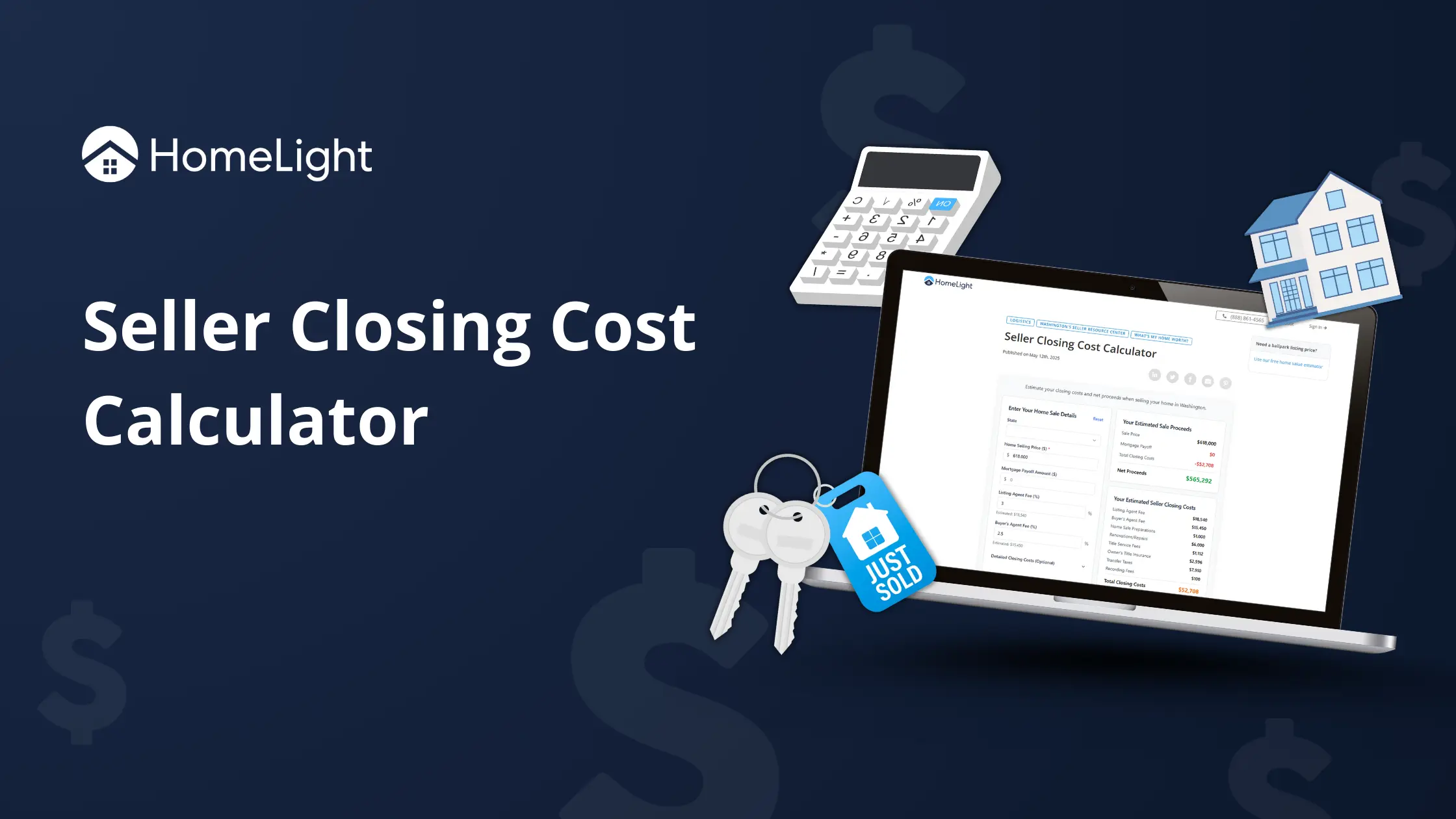
If you are a Nassau County homeowner looking to sell your home, you will need to know how transfer taxes work in both Nassau County and New York. Transfer taxes are fees that local governments and municipalities levy when a real property (like a home) changes ownership. While they aren’t complicated, there is a bit of nuance to how they work, as they often vary by location, and are an often overlooked part of your closing costs. Don’t worry. HomeLight has your back. This quick guide on Nassau County transfer taxes will explain how they work, who pays for them, possible exemptions, and more. Real estate transfer taxes are charged by state or local governments when property ownership is transferred from one individual to another. According to the Federal Trade Commission, these taxes are due when the title of a property, essentially the document confirming your legal ownership, is officially transferred to a new owner. This can occur through sales, inheritance, or gifting of property. The amount owed in transfer taxes can vary significantly based on the property’s location, as different states, counties, and cities usually have their own rates and regulations. Transfer taxes primarily serve as a revenue source for local and state governments, funding various public services and infrastructure projects. In New York and Nassau County, the seller is usually responsible for paying for transfer taxes. However, there is one exception. While the buyer is initially not responsible for paying transfer taxes, the terms of the sales agreement can allow for it. Additionally, if the seller has neglected to pay any required transfer taxes, the buyer is on the hook. In this case, both the buyer and the seller are jointly responsible for ensuring the tax is paid. However, in this situation, the buyer can seek legal remedy against the seller. That kind of situation isn’t common, but it’s a good example of when you might want to consult a real estate attorney.What are transfer taxes?
Who pays for transfer taxes?



